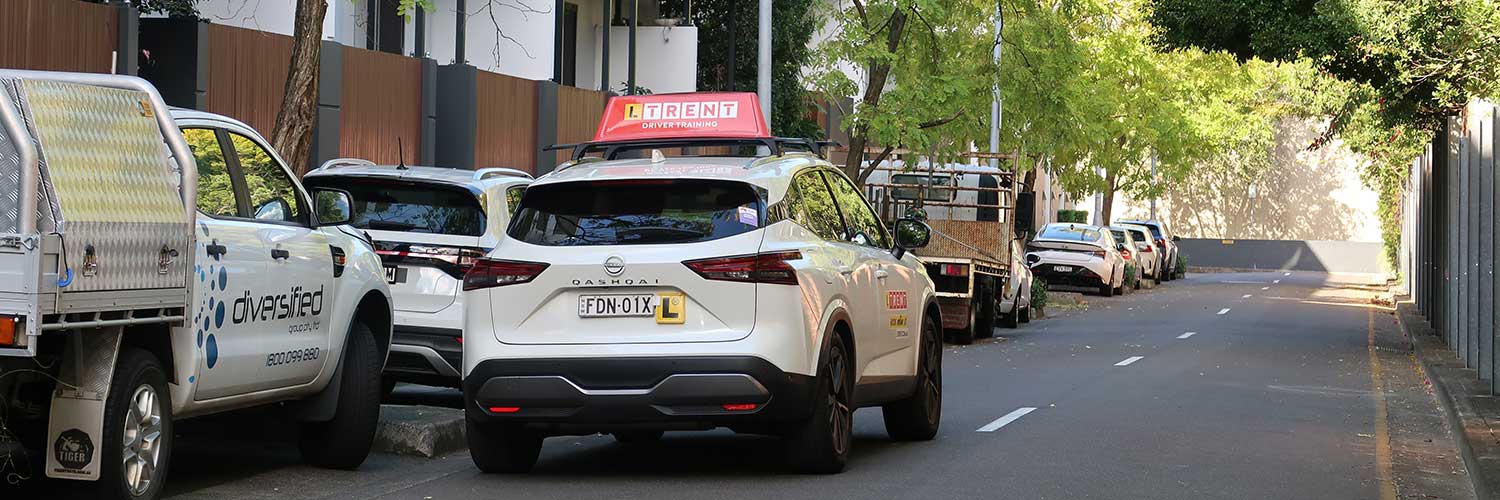Three Point Turn
A three point turn is an essential driving skill, especially for learner drivers preparing for their driving test. It allows you to turn your vehicle around on a narrow street when a U-turn isn’t possible. Whether you’ve taken a wrong turn, spotted parking on the other side of the road, or reached a dead end, mastering the 3 point turn is invaluable. This guide will help you understand the steps, safety considerations, and legal restrictions for performing this manoeuvre.
How to Do a Three Point Turn
Performing a three point turn requires confidence and car control. Here are the steps to complete the manoeuvre safely:
- Kerbside Stop:
Start by pulling over to the side of the road and stopping near the kerb. Check for oncoming traffic, pedestrians, and any obstacles. Use your mirrors and perform head checks for blind spots before proceeding. - Initial Turn:
Signal your intention to leave the kerb. Turn the steering wheel sharply to the right while moving forward slowly. Aim to turn your vehicle as far as possible toward the opposite kerb. - Reverse and Turn Left:
Before reversing, check for traffic behind you. Turn the steering wheel quickly to the left while reversing slowly. Stop once your vehicle is positioned clear of the kerb. - Final Turn Forward:
After checking for traffic again, steer sharply to the right and move forward to complete the manoeuvre. Ensure the vehicle is positioned correctly on the side of the street and in the direction you intend to go.
If the road is too narrow for a standard three point turn, you may need to perform a five-point turn while continuously checking for oncoming traffic.
Where Is It Illegal to Do a 3 Point Turn?
In some locations, performing a 3 point turn is prohibited for safety reasons. Here’s what you need to know:
- Unbroken Lines:
You cannot perform a 3 point turn across an unbroken line, as this violates road rules. - Corners and Crests:
Avoid attempting a 3 point turn near corners, hill crests, or any area with limited visibility. Oncoming traffic might not see you in time. - Driveways:
Do not use driveways to assist with the manoeuvre. A 3 point turn must be completed on the road surface. - Busy Roads:
It’s unsafe and often illegal to perform a 3 point turn on roads with heavy traffic or high speed limits.
For drivers in NSW, ACT, and QLD, it’s essential to familiarise yourself with local road rules regarding three point turns, as regulations may vary.
| State | Legal Rules | Safety Notes |
| New South Wales (NSW) |
|
|
| Australian Capital Territory (ACT) |
|
|
| Queensland (QLD) |
|
|
What Head Checks Should You Do for a Three Point Turn?
Head checks are critical for ensuring safety during a three point turn. Neglecting them can lead to accidents or failing your driving test. Here’s what to keep in mind:
- Before Moving Off: Check for oncoming traffic, pedestrians, and cyclists. Use your mirrors and perform a head check to cover your blind spots.
- At Each Point Change: Before moving forward or reversing, look around to ensure the situation hasn’t changed. Always check for traffic coming from both directions.
- Reversing: Pay special attention to blind spots when reversing. Turn your head to look over your shoulder and ensure the path is clear.
Head checks are not only required for three point turns but also for other manoeuvres, such as parallel parking and kerbside stops. Practising thorough head checks will help you develop good habits for your driving test.
Tips for Performing a Three Point Turn Safely
- Control Your Speed: Keep your vehicle moving slowly to maintain control. Avoid turning the steering wheel while the car is stationary, as this can damage the tyres and steering system.
- Choose the Right Spot: Always ensure you’re visible to other road users. Avoid narrow or heavily cambered streets unless you’re confident in your ability.
- Be Patient: If you encounter oncoming traffic during the manoeuvre, remain calm and give way until it’s safe to continue.
- Practice: Practise on quiet streets with minimal traffic to build your confidence. Gradually progress to more challenging conditions, such as narrow roads or streets with parked cars.
By mastering the three point turn, you’ll gain confidence in handling tight spaces and challenging driving scenarios. Remember, the key to success lies in preparation, awareness, and practice. With consistent effort, you’ll be able to perform a three point turn safely and pass your driving test with flying colours.
Learn To Drive with LTrent
If you’re looking to perfect your 3 point turn or build confidence for your driving test, LTrent Driving School offers tailored lessons with experienced instructors. With a structured curriculum, you’ll learn essential skills like performing three `point turns, head checks, and other manoeuvres, ensuring you’re fully prepared to drive safely and confidently.
